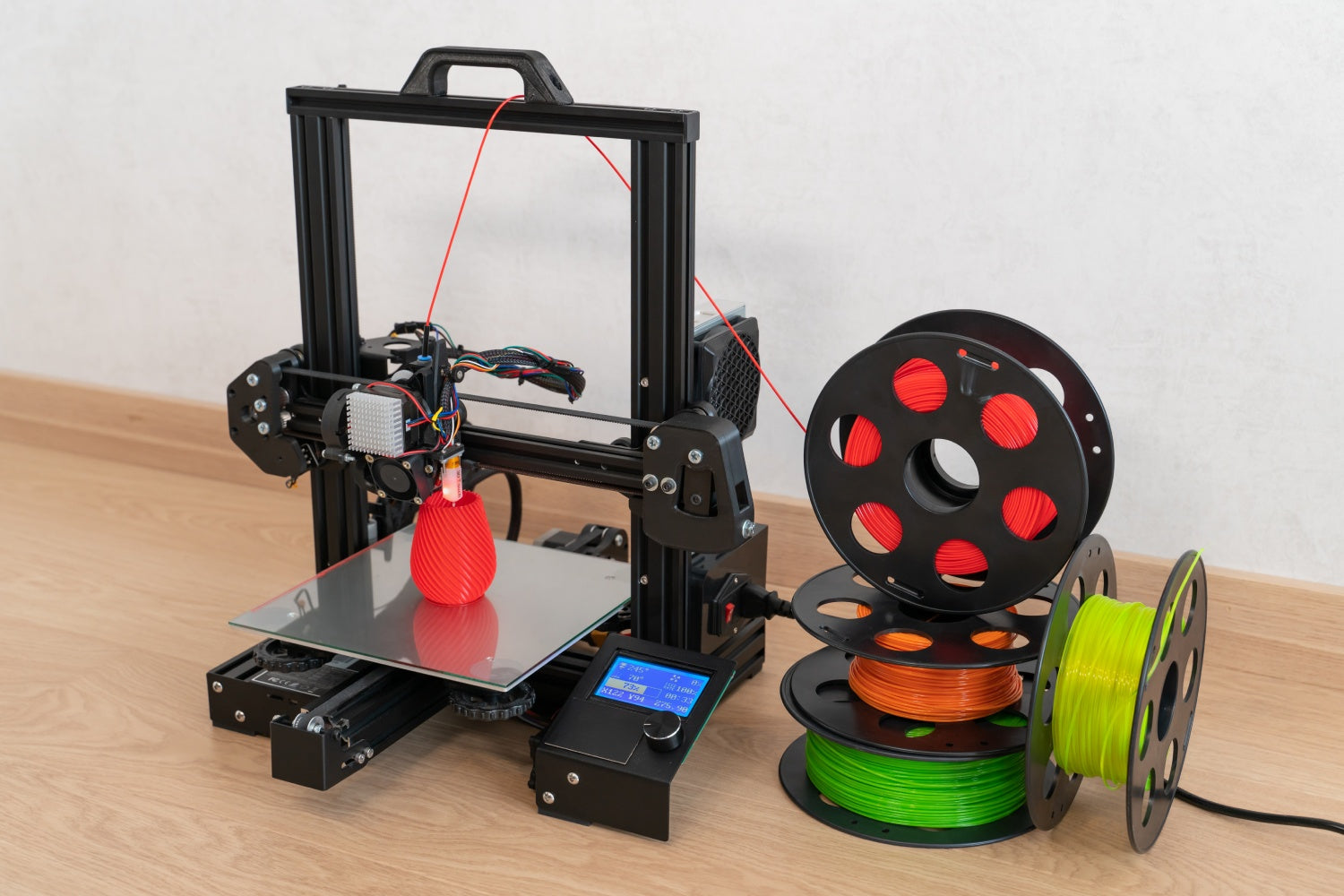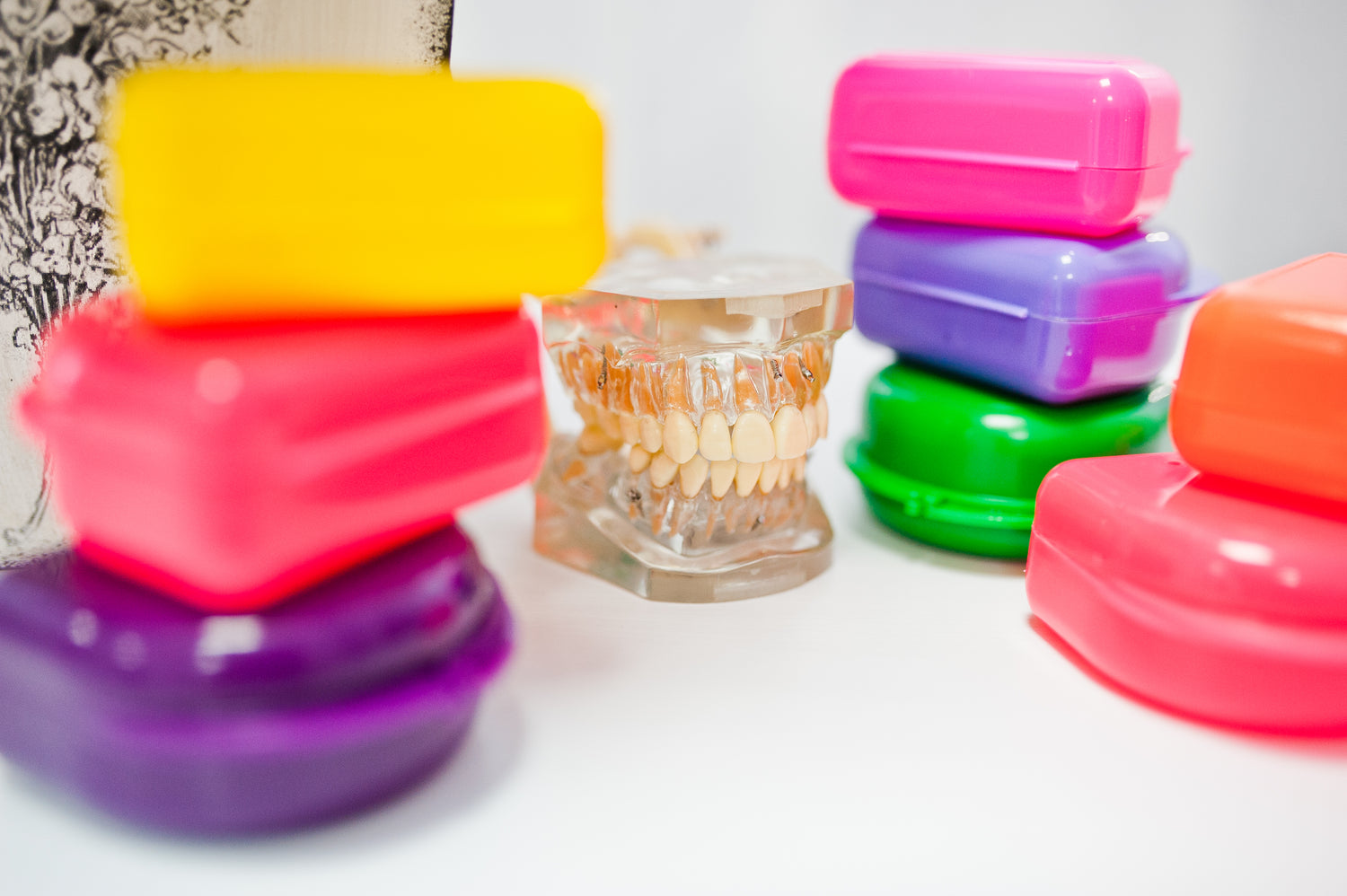
Nylon
Nylon is a strong, flexible, and wear-resistant material ideal for 3D printing functional prototypes, end-use parts, and mechanical components like gears, hinges, and fixtures. Its durability and chemical resistance make it well-suited for applications in automotive, medical, consumer products, and industrial tooling.
ABS (FDM)
ABS is a durable, impact-resistant thermoplastic commonly used in FDM 3D printing for functional prototypes, enclosures, and end-use parts. Its heat resistance and strength make it ideal for automotive components, consumer products, tools, and mechanical parts that require toughness and moderate flexibility.
ASA (FDM)
ASA is a UV-resistant, weatherproof thermoplastic used in 3D printing for outdoor and functional parts that need long-term durability. It's ideal for automotive trim, outdoor signage, housings, and jigs exposed to sunlight and the elements.
ULTEM (FDM)
ULTEM (PEI) is a high-performance thermoplastic used in 3D printing for parts requiring exceptional strength, heat resistance, and flame retardancy. It's ideal for aerospace, automotive, and medical applications, including electrical housings, aircraft components, and sterilizable medical devices.

Polycarbonate (FDM)
Polycarbonate is used in FDM 3D printing when high strength, heat resistance, and impact durability are needed. It's ideal for functional prototypes, tooling, automotive parts, and enclosures for electrical components due to its toughness and dimensional stability.
Polypropylene
Polypropylene is valued in 3D printing for its chemical resistance, flexibility, and fatigue durability. It's commonly used for living hinges, laboratory equipment, fluid containers, and lightweight automotive or consumer product components.
Resin (DLS)
Resin used in Digital Light Synthesis (DLS) is ideal for high-detail, end-use parts with excellent surface finish and mechanical performance. It's commonly used for dental models, custom medical devices, athletic gear, automotive components, and production-grade consumer goods like eyewear and electronics housings.
Resin (SLA)
Stereolithography (SLA) resin is used for highly detailed prototypes, smooth surface models, and intricate parts requiring tight tolerances. Common applications include dental molds, jewelry casting patterns, medical models, and visual prototypes for product design and presentation.
Aluminum
Aluminum is used in metal 3D printing (typically via DMLS or SLM) for lightweight, strong, and heat-resistant parts. Common applications include aerospace brackets, automotive components, custom heat exchangers, housings, and high-performance parts that require strength-to-weight optimization.
Stainless Steel
Stainless steel is used in 3D printing for its strength, corrosion resistance, and durability. It's commonly applied in aerospace and automotive parts, medical instruments, industrial tooling, food-grade components, and custom hardware like brackets, nozzles, and gears.
Resin (Polyjet)
PolyJet resin is ideal for creating ultra-high-resolution parts with smooth surfaces and complex geometries. It's commonly used for realistic prototypes with multiple materials or colors, medical models with anatomical accuracy, soft-touch components, and overmolded product simulations.
Maraging Steel
Maraging steel is used in 3D printing for high-strength, heat-treatable components with excellent toughness and dimensional stability. It's ideal for tooling inserts, injection molds, dies, high-performance aerospace and automotive parts, and components requiring post-processing like machining or polishing.
Titanium
Titanium is used in 3D printing for its exceptional strength-to-weight ratio, corrosion resistance, and biocompatibility. Common applications include aerospace structural parts, medical implants (such as orthopedic and dental), high-performance automotive components, and chemical processing equipment.





